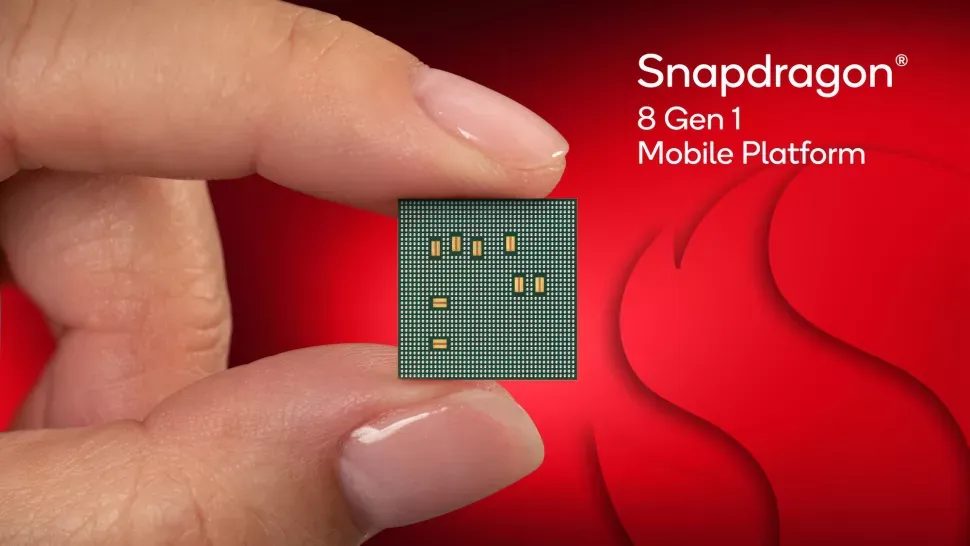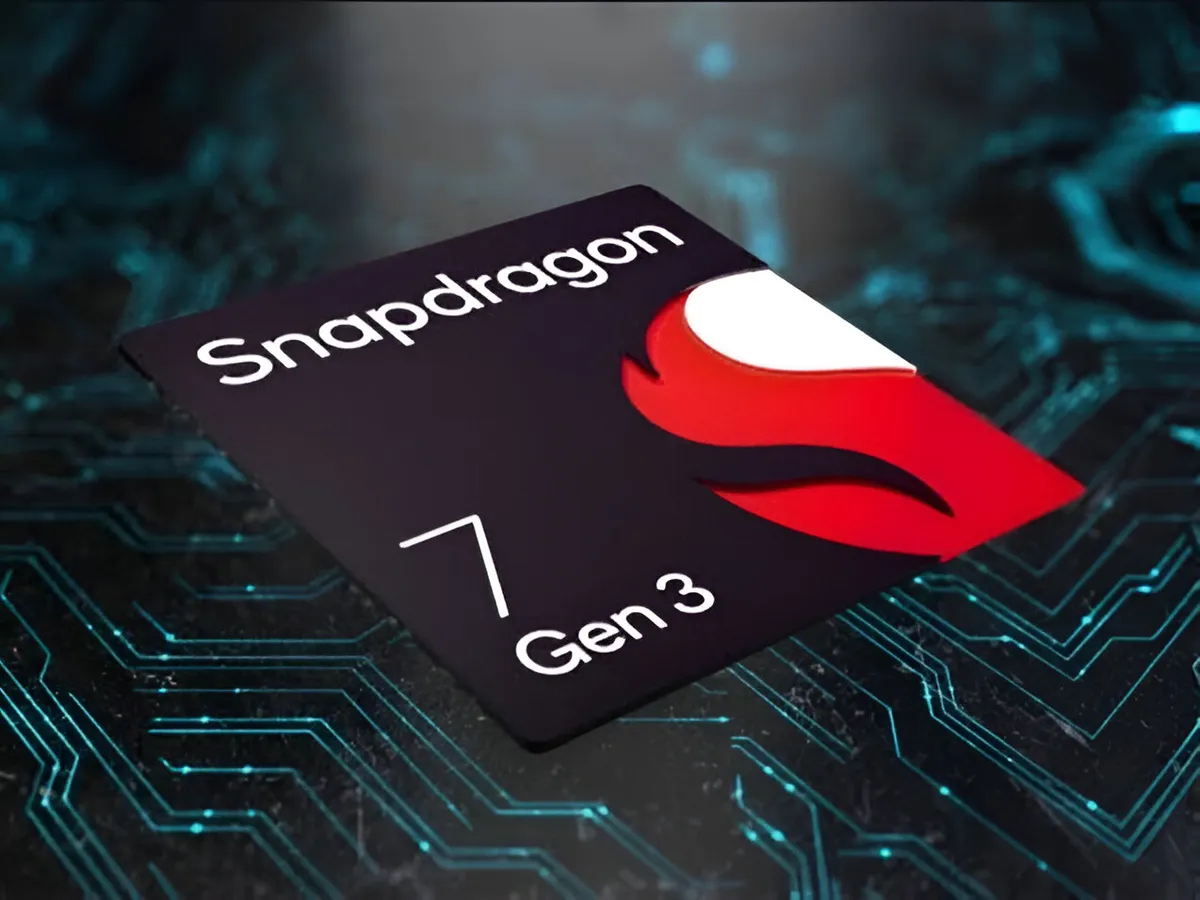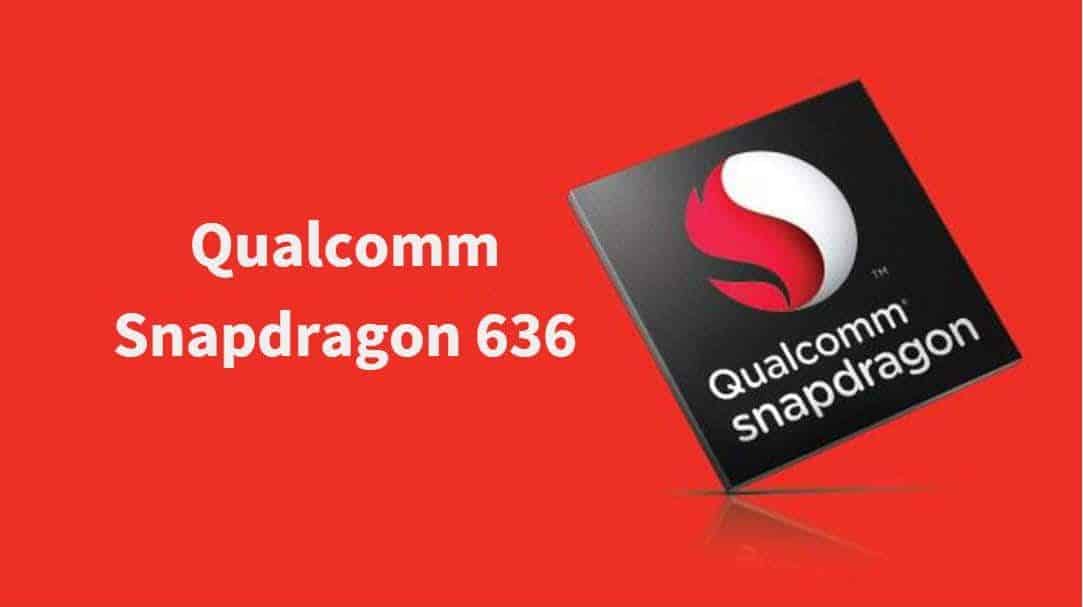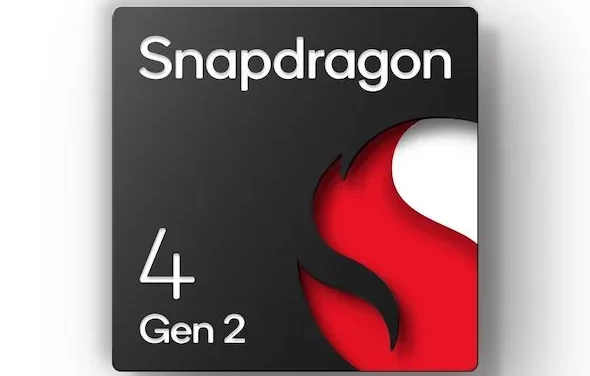4 Types of Snapdragon Chipsets Used in Smartphones
Snapdragon, developed by Qualcomm, is the most widely used System on a Chip (SoC) for Android devices across various brands. Qualcomm, a communications company founded in 1985, has been a leader in mobile technology innovation.
Over the years, Qualcomm has introduced several groundbreaking products, including CDMA cell phones and the CDMA2000 1X patent that eventually evolved into 4G. But perhaps the most notable achievement is the creation of the Snapdragon chipset, which has become one of the most recognized names in the mobile industry.
Qualcomm offers a wide range of Snapdragon chipsets, designed for different devices, particularly smartphones, to suit varying performance needs. To distinguish between these chipsets, Qualcomm assigns a numerical code at the beginning of each model name.
Generally, the higher the number, the more advanced the chipset. Conversely, a lower number indicates a more basic version. With that in mind, let's take a closer look at the different types of Snapdragon chipsets.
1. Snapdragon 8 Series

Regarded as the flagship of Qualcomm’s offerings, the Snapdragon 8 Series represents the pinnacle of chipset technology.
This premium series leads the pack, incorporating the most advanced features and delivering unmatched performance compared to other Snapdragon series.
Since its debut in 2013, the Snapdragon 8 Series has been synonymous with innovation. It was the first to integrate technologies such as AI processing, ray tracing rendering techniques, and 5G connectivity.
The series began with the Snapdragon 800, crafted using 28 nm technology. Subsequent releases like the Snapdragon 820, 821, 835, 845, 865, and 870 have been well-received, each making significant advancements in processing power and efficiency.
Despite its successes, Qualcomm has faced challenges, notably with the Snapdragon 808, 810, and 888 models, which struggled with heat management and power efficiency.
In response to these issues, Qualcomm revamped its naming convention in 2021, beginning with the Snapdragon 8 Gen 1, followed by incremental updates like the Snapdragon 8+ Gen 1 and continuing with newer generations annually.
2. Snapdragon 7 Series

The Snapdragon 7 Series is a mid-range chipset that could also be described as a premium mid-tier option. Designed to bridge the gap between the high-end Snapdragon 8 Series and the more budget-friendly Snapdragon 6 Series, this lineup offers a solid balance between performance and affordability.
Introduced in 2018, the Snapdragon 7 Series debuted with the Snapdragon 710, which followed the traditional three-number naming structure seen in earlier Snapdragon chipsets.
Over time, the Snapdragon 7 Series has gained popularity, becoming a favorite among consumers for its reliable performance and reasonable price.
While the performance of the Snapdragon 7 Series doesn’t quite match the top-tier Snapdragon 8 Series, this often works to its advantage. It tends to provide stable performance under heavy workloads, with fewer concerns about overheating.
Another strong point of the Snapdragon 7 Series is its impressive Image Signal Processing (ISP), which directly influences the quality of photos and videos. In 2023, for instance, Xiaomi's release of the Redmi Note 12 Pro, equipped with the Snapdragon 732G chipset, showcased the series' capabilities.
Although the 732G is relatively old (released in 2020), it still impressed with its ability to outperform many other devices in the same price range, particularly in camera performance, thanks to its excellent ISP.
This series has seen positive feedback for other models as well, including the Snapdragon 778G, Snapdragon 7+ Gen 2, and Snapdragon 7 Gen 3.
In 2022, Qualcomm simplified the naming structure for the Snapdragon 7 Series, similar to the approach taken with the Snapdragon 8 Gen 1. The first chipset released under this new naming convention was the Snapdragon 7 Gen 1.
3. Snapdragon 6 Series

The Snapdragon 6 Series has powered a variety of well-known smartphones over the years, including the Nexus 7, HTC One, Samsung Galaxy S4, LG GX, and OPPO N1. As a mid-range chipset, it surpasses the Snapdragon 4 Series in terms of performance.
The Snapdragon 6 Series strikes a balance across processor performance, GPU capabilities, and essential features such as DSP, ISP, and connectivity. However, its capabilities and features are still below the more advanced Snapdragon 7 Series.
The series has gained popularity thanks to successful releases like the Snapdragon 625, Snapdragon 636, and Snapdragon 660, which have all delivered solid performance and features at a reasonable price point.
For example, the Redmi Note 4x, which features the Snapdragon 625, is well-regarded for its impressive battery life. As noted by GSM Arena, this 2017 smartphone can last 15 hours and 30 minutes when playing local videos, despite having a 4100 mAh battery.
The Snapdragon 6 Series has evolved over time, with newer models such as the Snapdragon 632, Snapdragon 670, Snapdragon 675, Snapdragon 695, and Snapdragon 680 continuing to improve performance.
In 2022, Qualcomm simplified the naming convention with the launch of the Snapdragon 6 Gen 1, though the old naming structure returned in 2023 with the release of the Snapdragon 685.
4. Snapdragon 4 Series

Initially designed for budget smartphones, the Snapdragon 4 Series offers basic performance sufficient for running essential smartphone functions.
While the series was not known for high performance, its reputation began to change with the introduction of the Cortex A7x architecture in 2020, which brought significant improvements in processing power. Despite these gains, the Snapdragon 4 Series remains associated with entry-level devices.
The development of the Snapdragon 4 Series began in 2013 with the release of the Snapdragon 400, followed by successive models like the Snapdragon 410, 412, 415, 425, 427, 430, 435, 429, 439, 450, 460, 480, and 480+.
In 2022, the naming structure was updated, marking the arrival of the Snapdragon 4 Gen 1. An anomaly occurred in 2023 with the Snapdragon 4 Gen 2, which sits in the mid-range category, though its graphics processing capabilities still fall short of the Snapdragon 7 Series.
Despite its entry-level status, the Snapdragon 4 Series remains in demand, especially among users who need a reliable smartphone for basic multitasking or casual gaming. The continued production of Snapdragon 4 Series chips reflects the ongoing need for budget-friendly options.
While the Snapdragon 6 Series has seen more rapid development, and the Snapdragon 2 Series has been discontinued, the Snapdragon 4 Series shows no sign of slowing down.
However, note that while Snapdragon 4 Series chips are primarily used in smartphones and tablets, Qualcomm also produces the Snapdragon X Series for laptops and chips designed for IoT devices, such as wearables and audio devices.
